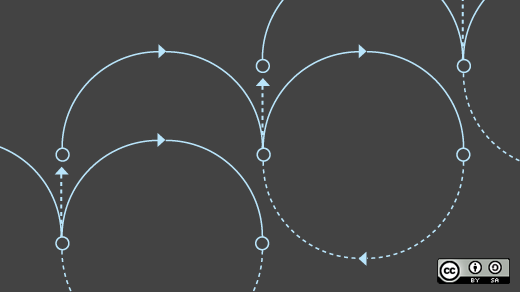Setting up an application server in the cloud isn't that hard if you're familiar with the tools and your application's requirements. But what if you needed to do it dozens or hundreds of times, maybe even in one day? Enter Heat, the OpenStack Orchestration project. Heat provides a templating system for rolling out infrastructure within OpenStack to automate the process and attach the right resources to each new instance of your application.
To learn more about Heat, say hello to Steve Baker. Steve served as the Program Technical Lead (PTL) for the Heat project during the Icehouse release cycle and is a senior software engineer at Red Hat.
We spoke to Steve to learn more about Heat, how it fits within the OpenStack family of software projects, and what we might be able to expect from Heat in the upcoming Icehouse release due out later this week.

What does OpenStack Orchestration (Heat) do for OpenStack?
Deployment scripts for cloud applications often become so complex that they themselves become a maintenance burden, often evolving the features of an orchestration engine. Heat allows you to declare the arrangement of cloud resources in your application and Heat will take the responsibility of creating and managing those resources for the lifetime of that application
Why is Heat important to OpenStack? And how do the different components interact with Heat?
Heat is an important component for OpenStack, since providing an orchestration service often satisfies a real need for cloud users. Now that OpenStack has an orchestration tool, projects like TripleO, Trove and Sahara have been able to use Heat to meet their own orchestration needs. Heat and other OpenStack components communicate with each other through their respective REST APIs.
What are some of the major improvements the Heat team is working on for the Icehouse release?
There have been many improvements in this release; we implemented 60 blueprints in the Icehouse cycle so I can only mention a handful here. The HOT template format is now supported and recommended for authoring templates. We now have sufficient native OpenStack resources that templates can be authored to use them exclusively. There are new software-configuration resources which enable flexible approaches to configuring applications on compute resources. It is also now possible to launch any stack without requiring admin privileges.
What opportunities are there for people who are interested in contributing to Heat?
As with any open source project, it works best if individuals or organizations contribute to the areas which affect them most. Of course we could always use more help with building features, finding and fixing bugs, improving our testing or writing documentation.
What excites you about working on Heat and OpenStack?
I love how the community and the infrastructure have grown and evolved together so that we can still effectively deliver this cloud operating system. The growth has been impressive and I've been honored to be a small part of it.
If you could name the next release of OpenStack, what would you call it?
Kilimanjaro, the tallest mountain in Africa. It even has 3 volcanic cones, but I don't think they're called Compute, Networking and Storage.
Any parting thoughts?
I've had a great time as Heat's Project Technology Leader. We've developed a tradition in the Heat project where the PTL steps down after one release cycle. Thankfully we have many developers within Heat who are more than capable of taking on the PTL role, so I wish the new PTL well!






Comments are closed.